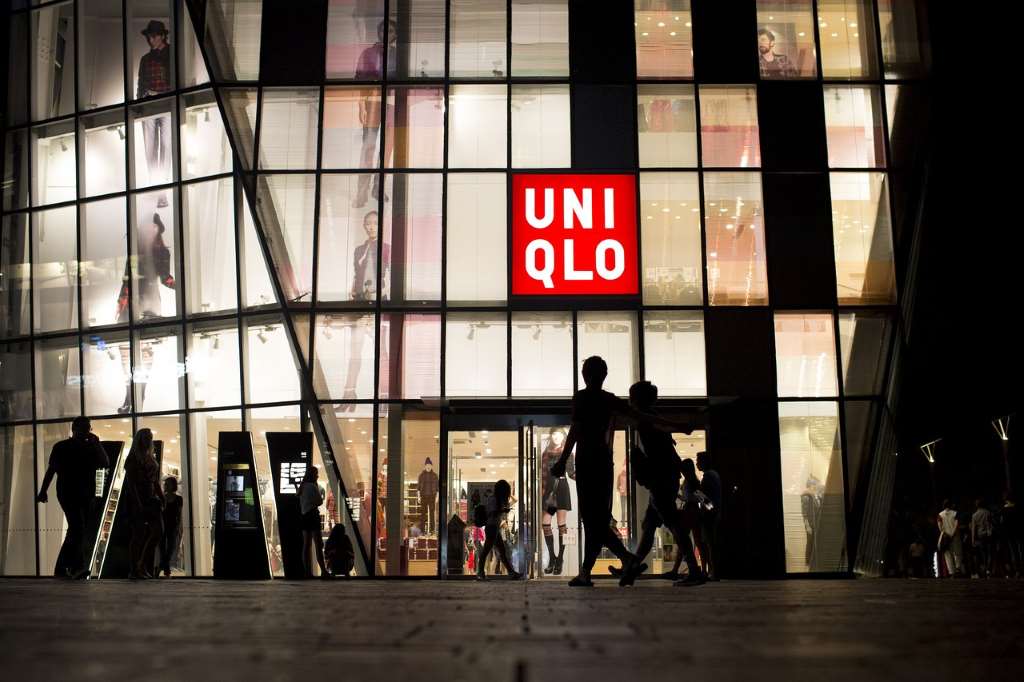
Uniqlo's story in China is one of explosive growth. Entering the market in 2002, it capitalized on the country's rising middle class and growing demand for high-quality basics at affordable prices. Uniqlo's focus on innovation, like its HeatTech thermal wear, and its commitment to functionality resonated with Chinese consumers. By 2023, Uniqlo had over 1000 stores in China, dwarfing its presence in any other market.
Uniqlo's rise in China
Uniqlo entered China in 2002, capitalizing on the country's booming economy and growing middle class. Their affordable, high-quality basics resonated with Chinese consumers. Here's what trigger their success.
Value proposition: Uniqlo offered stylish yet practical clothing at competitive prices, a sweet spot for value-conscious Chinese shoppers.
Strategic locations: The brand established itself in major cities with high foot traffic, ensuring maximum exposure.
Localization: Uniqlo catered to local preferences by offering HeatTech innerwear for cold winters and airy fabrics for hot summers.
Shifting tides, reasons behind store closures
Despite the initial success, Uniqlo's China dream seems to be facing some challenges. Several factors are contributing to the store closures:
One major reason is saturation, with over 1,000 stores, Uniqlo might have reached a saturation point in some areas. This can lead to cannibalization, where new stores eat into the sales of existing ones. Despite the vast store network, sales haven't reached the heights achieved in Japan. As CFO Takeshi Okazaki admitted to the Nikkei, "the company’s goal is to achieve similar average store sales in China as in Japan within 10 years." This ambitious target exposes the underperformance of many existing stores. In fact, Okazaki says, beyond August 2025, there’s a possibility of maintaining a low net increase in store numbers. This shift suggests a move towards a more strategic store network, focusing on prime locations and high-traffic areas.
Shifting consumer preferences is another factor. Chinese consumers are becoming more fashion-forward, demanding greater variety and trendier designs. Uniqlo's core focus on basics may not be enough to keep up. Increased competition from other players like H&M and Zara, has squeezed Uniqlo's market share.
China's e-commerce market is thriving, and consumers are increasingly comfortable shopping online. Uniqlo needs to adapt its online strategy to capture this growing segment.
Table: Uniqlo’s store and sales
Uniqlo stores in China (as of August 2023): 1,031
Uniqlo stores in Japan (as of August 2023): 800
Uniqlo's sales in China (as of August 2023): Yen 620.2 billion
Uniqlo's sales in Japan (as of August 2023): Yen 890.4 billion
Managing the challenge
Uniqlo's plan to address this challenge is multifaceted. Closing unprofitable stores is just one part of the equation. While closing underperforming stores and its opening new ones in high-traffic areas, with this Uniqlo aims to improve average store sales and profitability.
The company also aims to boost its online presence. E-commerce sales in China already contribute 20 per cent compared to 15 per cent in Japan, and Fast Retailing wants to further leverage this channel.
Impact on China's fashion retail
Uniqlo's presence has significantly impacted China's fashion retail landscape. They introduced the concept of high-quality basics at affordable prices, which many domestic brands have adopted. While Uniqlo's store closures might create some short-term disruption, it could also push domestic brands to further innovate and differentiate themselves.
In fact, Uniqlo's struggles serve as a cautionary tale for other foreign retailers in China. The market is dynamic, and consumer preferences evolve rapidly. Uniqlo's experience underscores the need for continuous innovation and adaptation to stay ahead of the curve. While the store closures might have a localized impact on employment and competition, the overall fashion retail landscape in China is likely to remain vibrant, driven by domestic players and new entrants.












